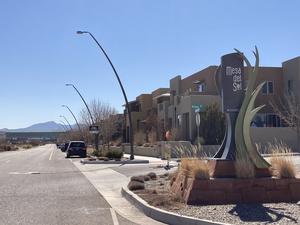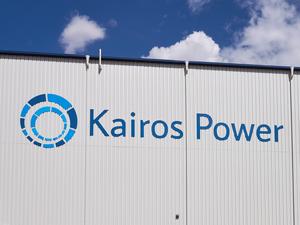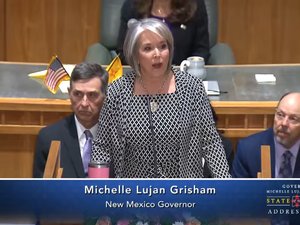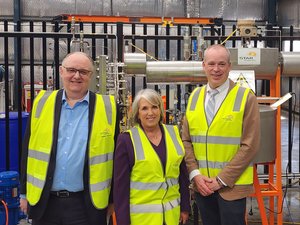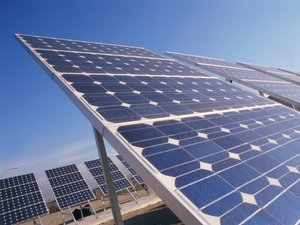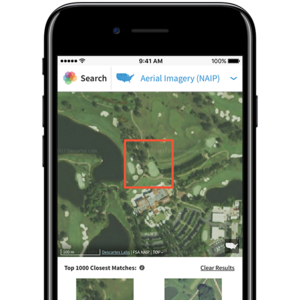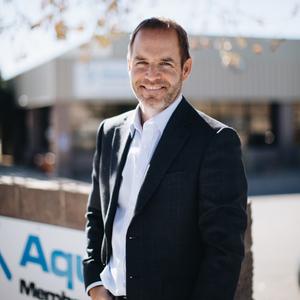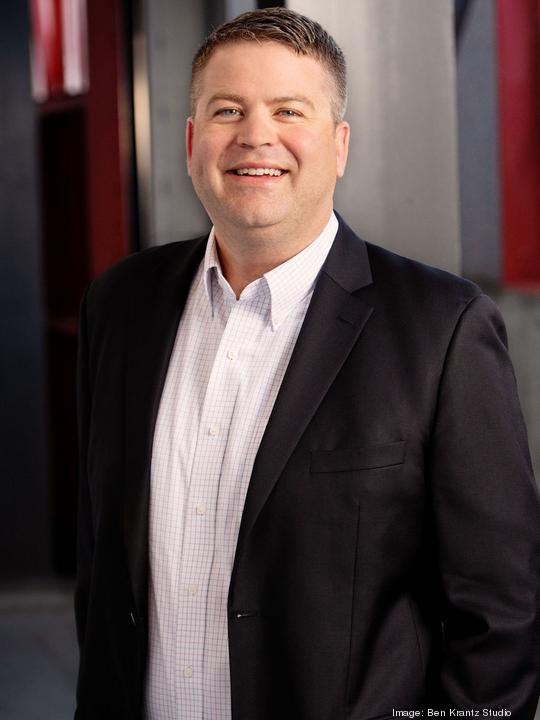
At some point later this decade, a nuclear reactor could jump to life in Oak Ridge, Tennessee. But not any sort of traditional reactor.
No — rather, thedemonstration reactor, dubbed "Hermes," would use a unique type of coolant, made by combining beryllium fluoride and lithium fluoride to produce a sort of salt. Alameda, California-based Kairos Power, the company behind the Hermes demonstration reactor, hopes, after an extensive testing program and with lots of that salt coolant, to go critical with the reactor in 2026 or 2027.
Where does Kairos want to make all of the coolant required for Hermes and other planned nuclear reactors? In a new, roughly 100-foot-tall facility at Albuquerque's Mesa del Sol development that could start construction before the end of this year.
Kairos Power received approval from the Albuquerque City Council during its Jan. 8 meeting to build the facility at Mesa del Sol, the master-planned community in far South Albuquerque. That approval required a zoning change for a part of the community to allow taller structures to be built.
Kairos wants to invest $125 million in its Albuquerque campus, called KP Southwest. New facilities under development at the campus, including the tall coolant production facility, represent an additional $50 million investment; New Mexico and the City of Albuquerque contributed a combined $5 million in Local Economic Development Act dollars to Kairos' buildout in the Duke City, as well.
Additional details on Kairos' KP Southwest campus and what zoning changes mean for Mesa del Sol can be found here.
Different from Kairos' initial move to Albuquerque in late 2020, in which it occupied an existing vacant industrial building at Mesa del Sol, the company's recently approved expansion will require constructing an entirely new facility adjacent to its 128,000-square-foot site. The company expects to start preparatory site work for the new facility during the first quarter of this year and begin construction later in 2024.
The new site will be used to produce the molten salt coolant, which is called "Flibe" — a sort of colloquialism that pulls together the element names of fluorine, lithium and beryllium, Ed Blandford, Ph.D., a co-founder and current chief technology officer of Kairos, told New Mexico Inno.
Kairos uses beryllium fluoride and lithium fluoride to make a salt with what Blandford called "unique characteristics." For instance, he said the Flibe salt doesn't melt until it reaches around 459 degrees Celsius and, at high temperatures, looks and behaves similarly to water.
Using Flibe instead of water — which other reactors use as a coolant — in its reactor design allows its reactors to operate at "very high temperatures, but low pressures," Blandford said. He said that's an important factor in improving the safety of its reactors and ensuring the reactors have smaller footprints compared to water-cooled designs.
"Like for like, if you're looking just at one coolant versus the other, it would be inaccurate to say Flibe is economically competitive with water," Blandford said. "But the selection of it allows us to realize much better economic improvements in the plant, and that's where those economic cost savings will come into play."
Much of Kairos' current operations in Albuquerque, including its planned Flibe production facility, serve the development of the Hermes reactor it's planning to build in Oak Ridge, Tennessee. That reactor, which Blandford said recently received permitting approval, would be the first iteration of the company's reactor design.
While that first iteration isn't intended to produce power, a second iteration — called the Hermes 2 demonstration plant — would be able to make electricity, Blandford said.
Still, Hermes 2 isn't meant to be Kairos' "commercial flagship" reactor, Blandford said. That first commercial reactor is expected to come online in the early 2030s if everything with the Hermes demonstration reactor and the Hermes 2 demonstration plant goes to plan.
It's what Blandford called an "iterative" build and design process. Essentially, Kairos wants to use initial reactor iterations to both build confidence and retire risk around its reactor technology, alongside developing the capabilities and the infrastructure to deploy what he called "a commercial fleet."
"We're not just doing this to show the thing can work and then we'll hand this over to somebody to go make," Blandford said. "We're doing this development not just to show that the technology is viable and that it's commercially viable, but also to actually develop the capabilities to deploy this at scale."
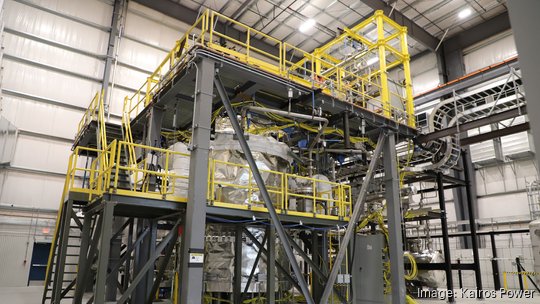
Additional work in Albuquerque is also part of that iterative development process. Kairos has what it calls its "Engineering Test Unit" at its existing Mesa del Sol campus, a non-nuclear piece of technology the company uses to demonstrate the design and integration of systems critical to its Hermes reactor design.
It's in the process of building a 30,000-square-foot facility in Albuquerque, an extension to its existing site. Kairos plans to use that new space, which it expects to occupy in mid-February, to construct a second iteration of its Engineering Test Unit (ETU).
Kairos is also building out a 22,000-square-foot development lab extension, which Blandford said started its second phase of construction last week. That lab will help optimize manufacturing methods to be implemented at Los Alamos National Laboratory, where Kairos produces enriched fuel pebbles for Hermes.
There are a lot of moving parts for Kairos leading up to commercial deployment in the next decade — producing its Flibe coolant, making itsfuel pebbles, building its future Engineering Test Units and constructing and operating both iterations of Hermes safely, not to mention additional regulatory legwork.
And while that commercial milestone is still close to a decade away, Blandford said 2024 will be an important year for Kairos.
"It's really about execution now," Blanford said.
That includes, he added, construction in Albuquerque and in East Tennessee and hiring dozens of new employees.
"We've got a lot of construction, we have a lot of things that we need to go get done," Blandford said. "It's about getting those things done to lead to Hermes at this point.
"Kairos yesterday and today can't deploy a huge fleet of reactors," he added. "But as we work through Hermes and we work through standing up these capabilities, we really see great opportunity to do that larger commercial deployment."
